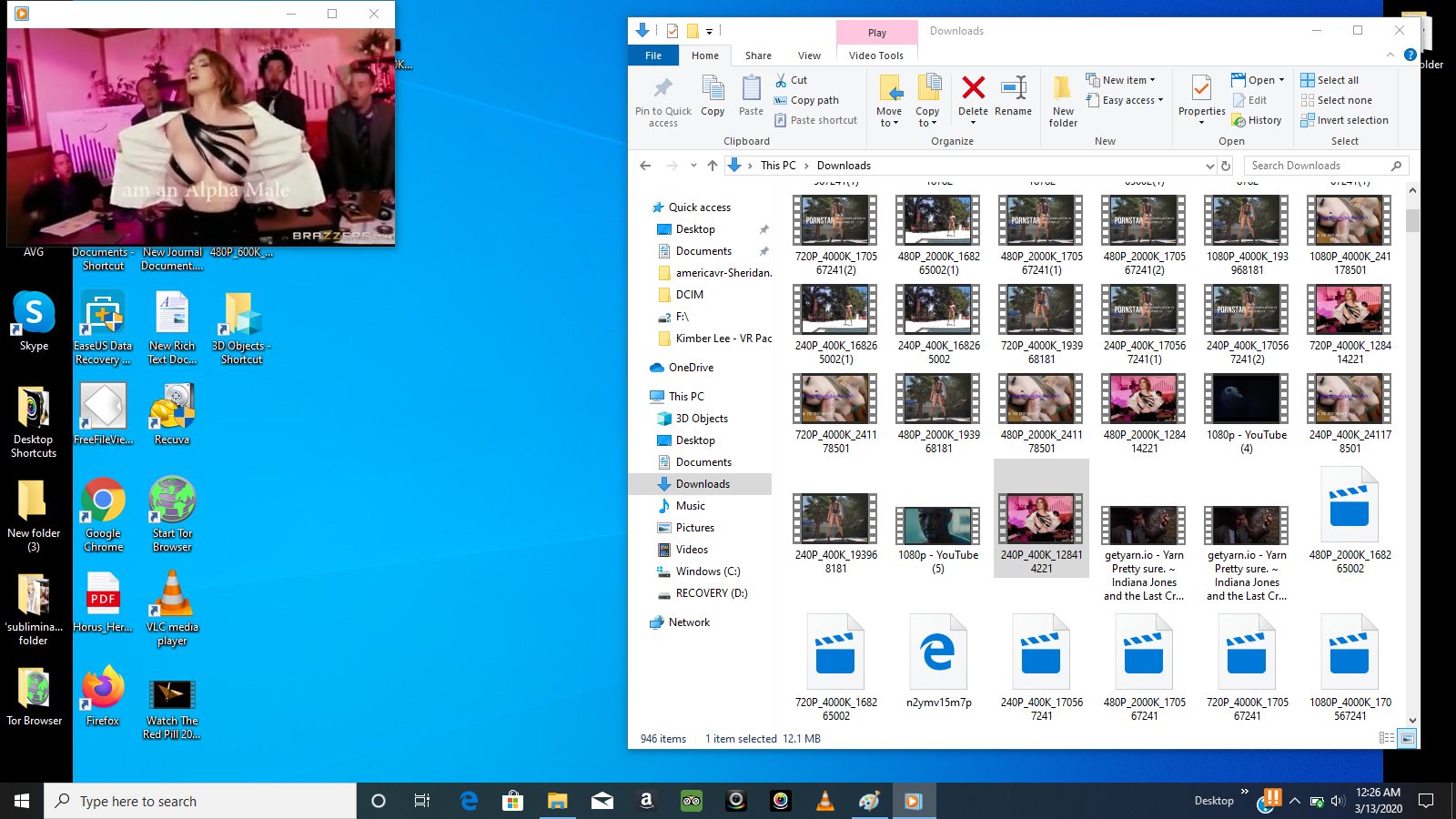Download Power Query For Mac
Jul 15, 2019. Use VBA to author Power Query queries. Although authoring in the Power Query Editor is not yet available in Excel for Mac, VBA does support Power Query authoring. Here is some basic code you can adapt and use. Create a query and load its data. Here is a simple sample that adds a query that creates a list with values from 1 to 100.
- Sep 22, 2020.
- Become an Insider: be one of the first to explore new Microsoft 365 features for you and your business.
With Power Query in Power BI you can connect to many different data sources, transform the data into the shape you want, and quickly be ready to create reports and insights. When using Power BI Desktop, Power Query functionality is provided in the Power Query Editor.
Power Query Download 2013
Let’s get acquainted with Power Query Editor.
If you're not signed up for Power BI, you can sign up for a free trial before you begin. Also, Power BI Desktop is free to download.
Using Power Query Editor
Power Query is made available in Power BI Desktop through Power Query Editor. To launch Power Query Editor, select Edit Queries from the Home tab of Power BI Desktop.
With no data connections, Power Query Editor appears as a blank pane, ready for data.
Once a query is loaded, Power Query Editor view becomes more interesting. If you connect to the following Web data source, Power Query Editor loads information about the data, which you can then begin to shape.
Here’s how Power Query Editor appears once a data connection is established:
In the ribbon, many buttons are now active to interact with the data in the query.
In the left pane, queries are listed and available for selection, viewing, and shaping.
 Continue watching your show on your phone where you left off on your tablet or PC/ Mac, and the other way around. Foxtel Now customers can continue watching across their connected TV devices and the Foxtel GO app.Turn on notifications to receive updates on the latest shows, new movies and live sports.You’ll need to be a Foxtel or Foxtel Now subscriber to be able to watch via the Foxtel GO app. Dedicated kids’ page with hundreds of episodes to watch. Your kid’s favourite characters in one place. Watch on two devices at the same time.
Continue watching your show on your phone where you left off on your tablet or PC/ Mac, and the other way around. Foxtel Now customers can continue watching across their connected TV devices and the Foxtel GO app.Turn on notifications to receive updates on the latest shows, new movies and live sports.You’ll need to be a Foxtel or Foxtel Now subscriber to be able to watch via the Foxtel GO app. Dedicated kids’ page with hundreds of episodes to watch. Your kid’s favourite characters in one place. Watch on two devices at the same time.In the center pane, data from the selected query is displayed and available for shaping.
The Query Settings window appears, listing the query’s properties and applied steps.
The following sections describe each of these four areas—the ribbon, the queries pane, the data view, and the Query Settings pane.
The query ribbon
The ribbon in Power Query Editor consists of five tabs—Home, Transform, Add Column, View, and Help.
The Home tab contains the common query tasks, including the first step in any query, which is Get Data. The following image shows the Home ribbon.
To connect to data and begin the query building process, select the Get Data button. A menu appears, providing the most common data sources.
The Transform tab provides access to common data transformation tasks, such as adding or removing columns, changing data types, splitting columns, and other data-driven tasks. The following image shows the Transform tab.
The Add Column tab provides additional tasks associated with adding a column, formatting column data, and adding custom columns. The following image shows the Add Column tab.
The View tab on the ribbon is used to toggle whether certain panes or windows are displayed. It’s also used to display the Advanced Editor. The following image shows the View tab.
It’s useful to know that many of the tasks available from the ribbon are also available by right-clicking a column, or other data, in the center pane.
The left pane
The left pane displays the number of active queries, as well as the name of the query. When you select a query from the left pane, its data is displayed in the center pane, where you can shape and transform the data to meet your needs. The following image shows the left pane with multiple queries.
The center (data) pane

In the center pane, or Data pane, data from the selected query is displayed. This is where much of the work of the Query view is accomplished.
In the following image, the Web data connection established earlier is displayed, the Overall score column is selected, and its header is right-clicked to show the available menu items. Notice that many of these right-click menu items are the same as buttons in the ribbon tabs.
When you select a right-click menu item (or a ribbon button), Query applies the step to the data, and saves it as part of the query itself. The steps are recorded in the Query Settings pane in sequential order, as described in the next section.
The query settings pane
The Query Settings pane is where all steps associated with a query are displayed. For example, in the following image, the Applied Steps section of the Query Settings pane reflects the fact that the type of the Overall score column has changed.
As additional shaping steps are applied to the query, they are captured in the Applied Steps section.
It’s important to know that the underlying data is not changed; rather, Power Query Editor adjusts and shapes its view of the data, and any interaction with the underlying data occurs based on Power Query Editor’s shaped and modified view of that data.
In the Query Settings pane, you can rename steps, delete steps, or reorder the steps as you see fit. To do so, right-click the step in the Applied Steps section, and choose from the menu that appears. All query steps are carried out in the order they appear in the Applied Steps pane.
The Advanced Editor
If you want to see the code that Power Query Editor is creating with each step, or want to create your own shaping code, you can use the Advanced Editor. To launch the advanced editor, select View from the ribbon, then select Advanced Editor. A window appears, showing the existing query code.
You can directly edit the code in the Advanced Editor window. To close the window, select the Done or Cancel button.
Saving your work
Power Query Excel
When your query is where you want it, you can have Power Query Editor apply the changes to the data model into Power BI Desktop, and close Power Query Editor. To do that, select Close & Apply from Power Query Editor's File menu.
As progress is made, Power BI Desktop provides a dialog to display its status.
Once you have your query where you want it, or if you just want to make sure your work is saved, Power BI Desktop can save your work in a .pbix file.
To save your work, select File > Save (or File > Save As), as shown in the following image.
Download Power Query For Mac 64-bit

Next steps
In this quickstart you learned how to use Power Query Editor in Power BI Desktop, and how to connect to data sources. To learn more, continue with the tutorial on shaping and transforming data with Power Query.